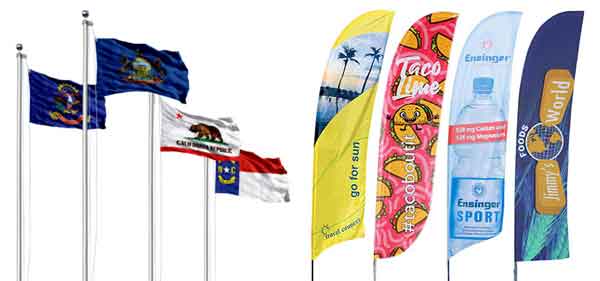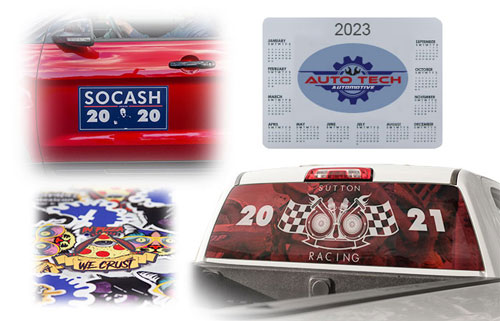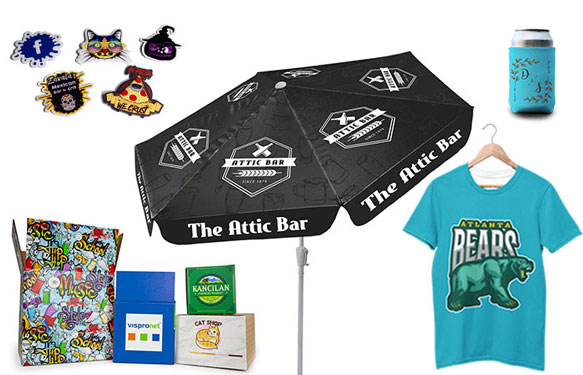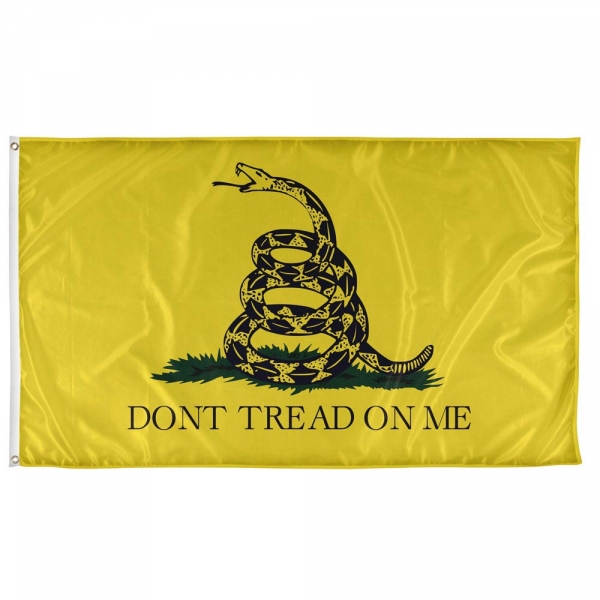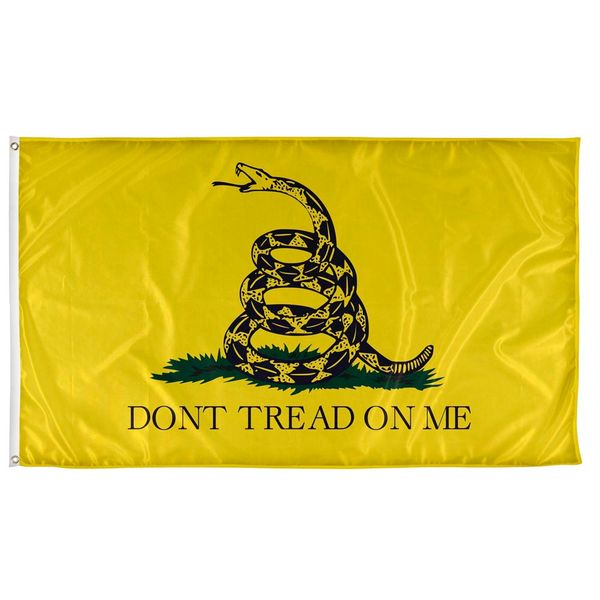Don't Tread On Me Flag
Your artwork will begin processing after you place your order. Please allow up to 2 business hours to receive a proof via email.
Note: You will be able to approve your artwork before your order is scheduled for production. Choose 'Pay Later' at checkout to approve your artwork before submitting payment.
Download the product template, insert your artwork, and re-upload the file.
Acceptable file types: PDF (preferred), AI, EPS, PSD, TIF, JPG, PNG, INDD
Note: Your template file must have all images embedded, layers & transparencies flattened, template lines removed, and saved as 1 page at the highest or maximum quality.
- CMYK color mode
- Use Pantone® Color Bridge® colors whenever possible
- Design at a 1:10 ratio (products smaller than 16” x 16” will be designed at a 1:1 ratio)
- Keep important elements within the gray image safety line
- Minimum resolution of 360 dpi on polyester fabrics
- Minimum resolution of 800 dpi on vinyl & rigid materials
- Vector art preferred
- Convert all fonts to outlines
- Embed all images and links
- Design to bleed line
- Double-check your grammar and spelling
An account is required so that we can communicate with you throughout the design process. Please enter your information below to get started.
Upload your logo and images below. Be specific about the layout, colors, text, and background. If you would like to place a reorder, please contact customer service.
Please note: Our design service is limited to basic layouts and placement of logos, images, and text on our templates. We will use our discretion in accepting labor intensive artwork requests.
View more details about this service.
- Overview
- Details
- Assembly Instructions
- Reviews
- Q & A
Don't Tread On Me Flag Details
Add this flag to the front of your home or business for all passersby to see. These Don't Tread On Me flags for sale will last a long time, even when displayed outdoors, due to the durable polyester material. Inclement weather conditions will not tear or ruin the flag due to its knitted polyester material. The print will also remain in great condition after being exposed to changing weather. This is because we use a high-quality dye sublimation technique that creates vivid colors that will not scratch or peel off the flag. We print the Don’t Tread On Me design on one side of the flag and, because of the polyester’s thru print, the reverse image bleeds through to the other side. This means that the design will be visible from both sides without having to pay more. Get the flag by itself in the standard 3x5 size or add hardware to your order for assembling the flag. Choose between a hand-held pole, a wall mount, a pole mount, and a large in-ground flagpole. Display this tear-resistant Don’t Tread On Me flag in any setting you want.
Want to know what Don't Tread On Me means and the history of the flag? See below for the story behind the flag and the Don't Tread On Me meaning.
Parts List:
- Pre-printed Don't Tread On Me flag
- Optional flagpole of your choice
Material:
- Outdoor Flag Polyester: Tear-resistant lightweight knitted fabric with excellent thru-print (3.25oz/yd²)
Quick Don't Tread On Me Flag Facts:
- Designed by US colonel Christopher Gadsden.
- First flown in December 1775.
- Design: A coiled black rattlesnake over the words “Don’t Tread On Me” on a yellow background.
- What does don't tread on me mean? The flag is used as a symbol of American patriotism or support for certain civil liberties (such as the 2nd Amendment). Read below to learn more about the Don't Tread On Me flag meaning.
Don't Tread On Me Flag Specifications
| Model | Part Number | Size | Weight | Includes |
|---|---|---|---|---|
| Flag Only | DI8105 | 5ft x 3ft | 0.4lbs | Pre-printed flag |
| Flag & Hand-Held Flagpole | DI0650 | 6ft | 2.1lbs | Pre-printed flag Tangle-free aluminum flagpole Removable black handle |
| Flag & Wall-Mounted Flagpole | DI0653 | 6ft | 2.9lbs | Pre-printed flag Tangle-free aluminum flagpole Removable black handle 180° adjustable wall mount |
 Click here for Proposition 65 warning
Click here for Proposition 65 warning
Don't Tread On Me Meaning: The History of the Gadsden Flag
What does the Don't Tread On Me flag mean? Known as the Don’t Tread On Me flag or the flag with the coiled snake, this flag has a long history as one of the first flags of the United States.
The snake that would become the center of the Gadsden flag had its origins as a design on the drums of the first five companies of United States Marines. It takes its inspiration from the timber rattlesnake that is common to the eastern half of the United States.
The first known use of the Gadsden flag design as an actual flag comes from the first mission of the Continental Navy, undertaken in December 1775. Before the navy left, the commander of the navy, Esek Hopkins, was given with a version of the flag by South Carolina merchant and soldier Christopher Gadsden for use as the personal flag of his flagship.
Gadsden had taken insight from the flag of Hopkins’ previous post, the Providence Train of Artillery. Their flag featured a coiled rattlesnake and the motto "Do Not Tread on Me" along with an anchor, cannons and the motto "In God We Hope" on a gold background.
The Don't Tread On Me flag that Gadsden presented to Hopkins is a simplified version of that design.
Following its use by the fledgling US navy, the rattlesnake symbol was used by Congress in 1778 as the official seal of the War Office.
As shown by its motto of “Don’t Tread On Me,” the Gadsden flag has long been a symbol of disagreement – most recently when it was co-opted by the Tea Party movement protesters in the early 2000s. The Don't Tread On Me flag has been flown everywhere from the middle of Iraq to the town hall of Riverdale, New Jersey.
What Does the Coiled Rattlesnake Mean?
So why did Gadsden choose a coiled snake as the center of the Don't Tread On Me flag he presented to Hopkins? What does it mean? Though he had taken inspiration from the flag of Hopkins’ previous post, the rattlesnake had always been a favorite of those who were on the side of American independence since before the Revolutionary War.
In 1751, Benjamin Franklin published an angry article in a local newspaper, the Pennsylvania Gazette. He was objecting to the British use of the American colonies as a prison. The British had been sending their convicts and prisoners to the colonies, where they’d been causing trouble. He suggested that the colonists return the favor -- with rattlesnakes.
Franklin said that the colonists should send a cargo of rattlesnakes back to Britain and release them in places like St. James’ Park and Spring Garden.
Three years later, in 1754, that same newspaper printed a political cartoon of a snake cut into 8 pieces, each labeled with the name of a colony. The motto “Join Or Die” was shown below the snake in large letters. This was to remind the revolutionaries of what would happen if they didn’t remain unified.
By 1774, a year before the battles of Lexington and Concord, the snake had grown together. The motto beneath it had changed from “Join Or Die” to something more in line with the unity shown by the new grown-together snake.
Many other authors began to pick up the coiled rattlesnake symbol. They felt that its meaning was a good choice to represent the values that made America what it was.
Under a pen name, Benjamin Franklin submitted his own reasons for why he believed that the rattlesnake was a good symbol for America. He thought that the rattlesnake was a symbol of tempered tenacity. It only attacked if it had been attacked first and it never surrendered once it had been attacked.
The rattlesnake is unique to America, and the rattle on its tail is a perfect way to explain the reason for the uprising of the original American colonies. Individually, the rattles make no sound, but together they can be heard by anyone.
The snake in general, and the eastern timber rattlesnake in particular, was the most important symbol of America for Americans, at least during the Revolutionary period.
Minutemen and regulars fought under the Don't Tread On Me flag. Colonial currency was stamped with curled rattlesnakes. Pamphlets and papers presented the nascent United States as a serpent slithering on its belly.
Why would the American leaders have picked a snake as their symbol? What does it mean? They knew the Bible and the story of Adam and Eve. They knew about the snake in the garden.
Here’s the bottom line: choosing a snake -- specifically the rattlesnake -- was an offer of peace.
If you happen to find a rattlesnake out in the wild, it won’t bite you immediately. Instead, it’ll make the noise that gives it its name -- a warning for you to go away. If you don’t, then it will strike.
By choosing the rattlesnake as their emblem, the colonists were telling Great Britain: “If you don’t leave us alone, we’ll have to attack you.”
Some fun facts about the rattlesnake from the Don't Tread On Me flag:
- There are 36 known species of rattlesnake.
- All species of rattlesnake are venomous.
- Rattlesnakes have a lifespan of 10 to 25 years.
- Most rattlesnakes range in size from 2 to 4 feet.
- The largest rattlesnake species is the eastern diamondback rattlesnake. It can reach up to 8 feet in length and weigh up to 10 pounds.
So next time you see a Don't Tread On Me Flag for sale, you will know the true origin behind its meaning, and what the rattlesnake represents.
Sources:
- The Gadsden Flag
https://www.usflag.org/history/gadsden.html - The Story of the American Flag
https://books.google.com/books?id=22s9AAAAYAAJ&pg=PA289#v=onepage&q&f=false - Gadsden Flag: Don't Tread on Me
https://www.gadsden.info/ - Revolutionary Reptiles: Rethinking the Semiotic Role of the Snake and Serpent In the Iconography of American Independence
https://www.academia.edu/26614172/Revolutionary_Reptiles_Rethinking_the_Semiotic_Role_of_the_Snake_and_Serpent_In_the_Iconography_of_American_Independence
 Click here for Proposition 65 warning
Click here for Proposition 65 warning


